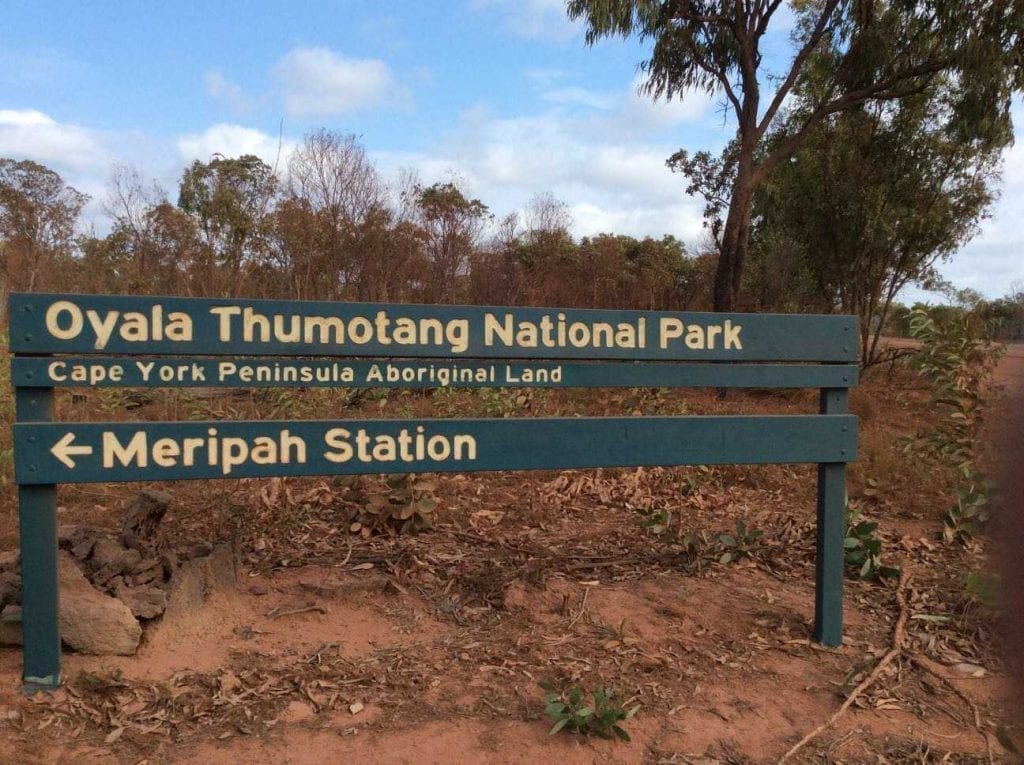Indigenous Conservation
The preservation of indigenous heritage
Denis has researched the chequered history of indigenious rights and national parks. Here he reminds us that the ancient wisdom of Traditional Owners means they must be partners, if not leaders, in conservation.
When the subject of protecting Indigenous land by incorporating it in national parks is raised, the first response by most people sympathetic to these issues tends to be: of course! Great idea!
National park status for Aboriginal land, however, also brings with it limitations on access and/or usage, even by Traditional Owners. Local initiatives may have to be approved by comparatively, remote authorities in Brisbane who may not have full knowledge of local circumstances. Employment is subject to state government conditions, and budgets are set, again often by authorities remote from the local community. Standards of construction of walking tracks and stairs are influenced by central authorities and access protocols are required to conform with departmental authority.
“The struggle for land rights for Indigenous people of Cape York has many heroes, sacrifices and disappointments.”
With the creation of Rinyirru (Lakefield) National Park CYPAL (Cape York Peninsula Aboriginal Land), Lama Lama National Park (CYPAL) and Muundhi (Jack River) National Park (CYPAL), there is a lot of support for the concept and practice of incorporation of Indigenous land within the traditional national park structure. At face value, this would seem to ensure protection and security for the Aboriginal lands concerned. It also means visitors to these national parks can receive interpretive guidance to country and have their experience of the park enriched by awareness of the Traditional Owners.
The advantages of this change is that Indigenous people can reassume the role and legal authority for stewardship over portions of land. Local Traditional Owners people can find training and regular employment as park rangers, bringing cultural heritage, experience and understanding of country to the wider community. They also have opportunities to educate visitors not only about the nature of the park, its wildlife, bush tucker and its legends, but can enhance visitor experience by identifying the legendary stories associated with aspects and features of the park. There are many parks which provide protection for indigenous art work, one of many examples being Flinders Group National Park (CYPAL). This park protects rock art images in the Yindayin rock shelters.
It is important for those of us focussed on nature conservation that we understand the history of land rights. The struggle for land rights for Indigenous people of Cape York has many heroes, sacrifices and disappointments. For every Eddie Mabo success, there exists a swag of examples of hard work and dedication being met with disappointment.
An example of this begins in 1974, when a Wynchanam man, John Koowarta and a number of other Wik stockmen, planned to buy the Archer River cattle station which covered their ancestral lands with funds from the Aboriginal Land Fund Commission. The government of Joh Bjelke-Petersen blocked the purchase. Koowarta’s battle went all the way to the High Court in 1981 in the case of Koowarta v Bjelke-Peterson. Eventually in 1988, the courts resolved the matter in Koowarta’s favour. Subsequent to this decision the Queensland government declared the property a national park to thwart the sale and ensure that Aboriginal people could not purchase the property.
Koowarta’s struggle was not extinguished by this move but was taken up by others after his death. In 2009 Premier Anna Bligh gazetted a large tract of Wik lands in the Archer River area under the Wild Rivers legislation, without consultation or the consent of the Traditional Owners. Court proceedings were initiated by Koowarta’s widow, Martha, and other Traditional Owners from Cape York, this time against the Bligh government.
In subsequent years this decision was able to be reversed. In 2012, in the presence of Martha Koowarta, Premier Campbell Newman faced up to this tragic history, saying,
“Today I want to confront the issue. That is 35 years ago a great injustice was perpetuated and today we are here to put that right. We are here to make sure that it is right forever and to give back to people what was rightfully theirs. I am sure if all Queenslanders knew the story of what happened in 1977 and afterwards, they would feel as sorry as I do myself. So today, my apologies to those who have suffered the past 35 years.”
The Premier then handed over the title deeds for the 381,000 ha Mungkan Kandju (now called Oyala Thumotang) National Park to the Wik Mungan, Southern Kaanju Ayapathu people and he also handed over the freehold title deeds to 75,000 ha of Aboriginal freehold land.
In 2014, Martha Koowarta was victorious in the High Court against the Queensland Government and the Wild Rivers declarations on the Archer, Stewart and Lockhart Rivers were rescinded.
There is tension between preservation of conservation values and the rights of Traditional Owners. This tension happens in the same context as the pressure more broadly on all protected areas: between economic demands – the jobs and income that can come from full use of land and rebalancing the historic lack of opportunity, and the priority to protect the environment from degradation. If Traditional Owners are not partners in conservation decisions we will perpetuate historic unfairness and lose a potential ally in our efforts to protect our precious places.


